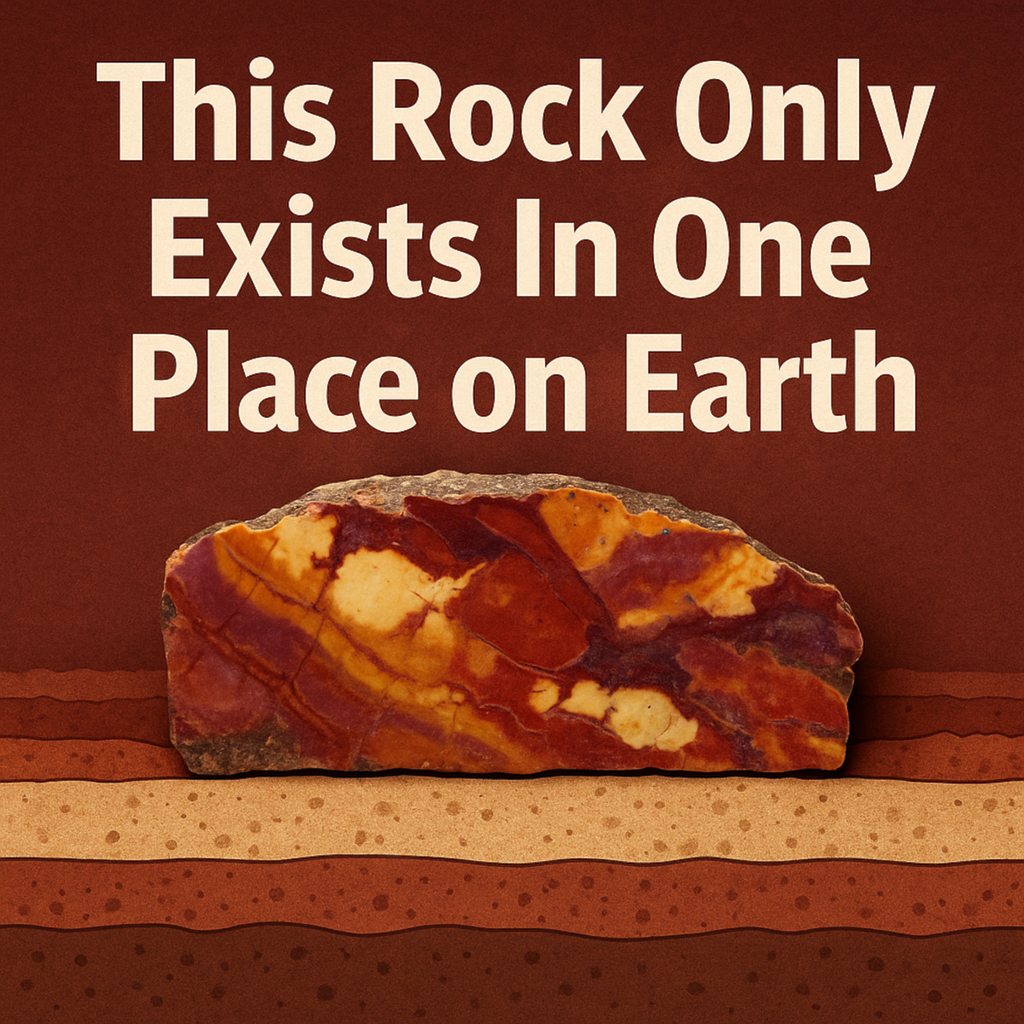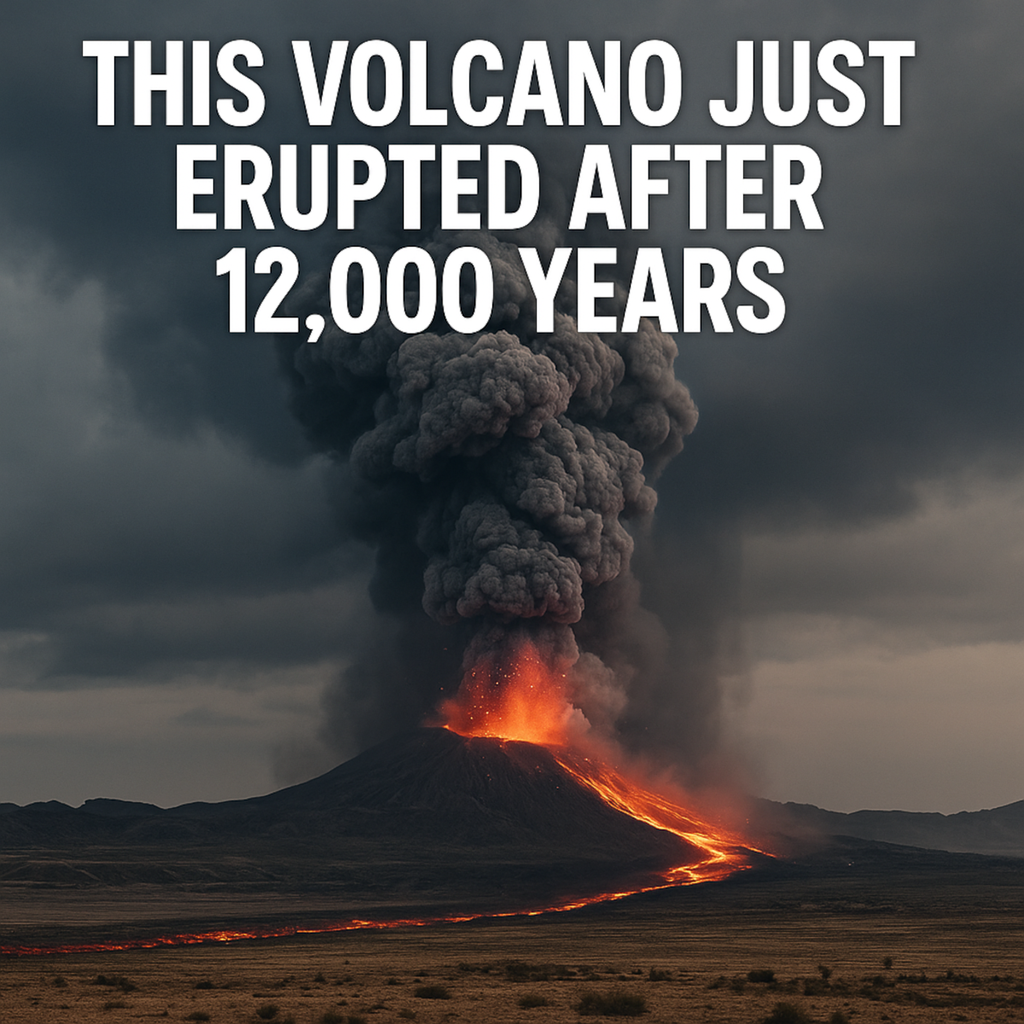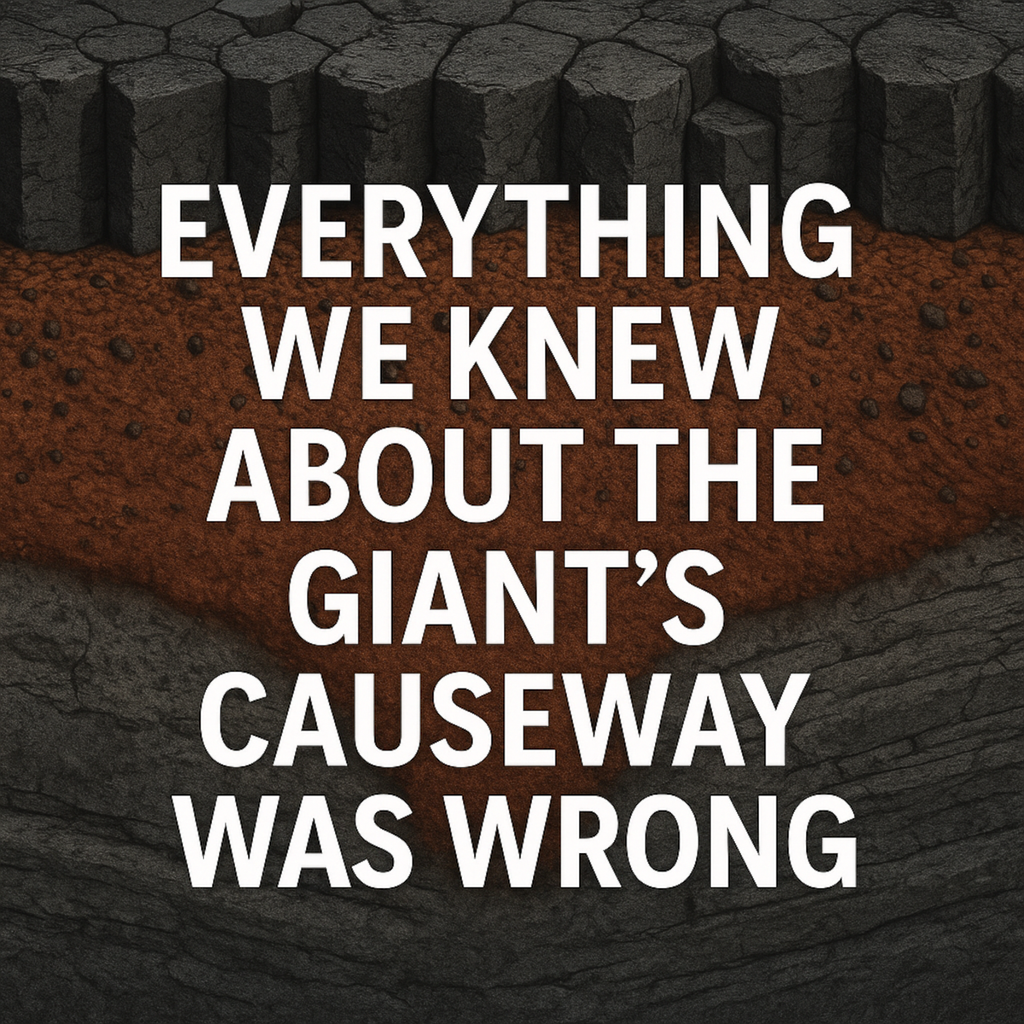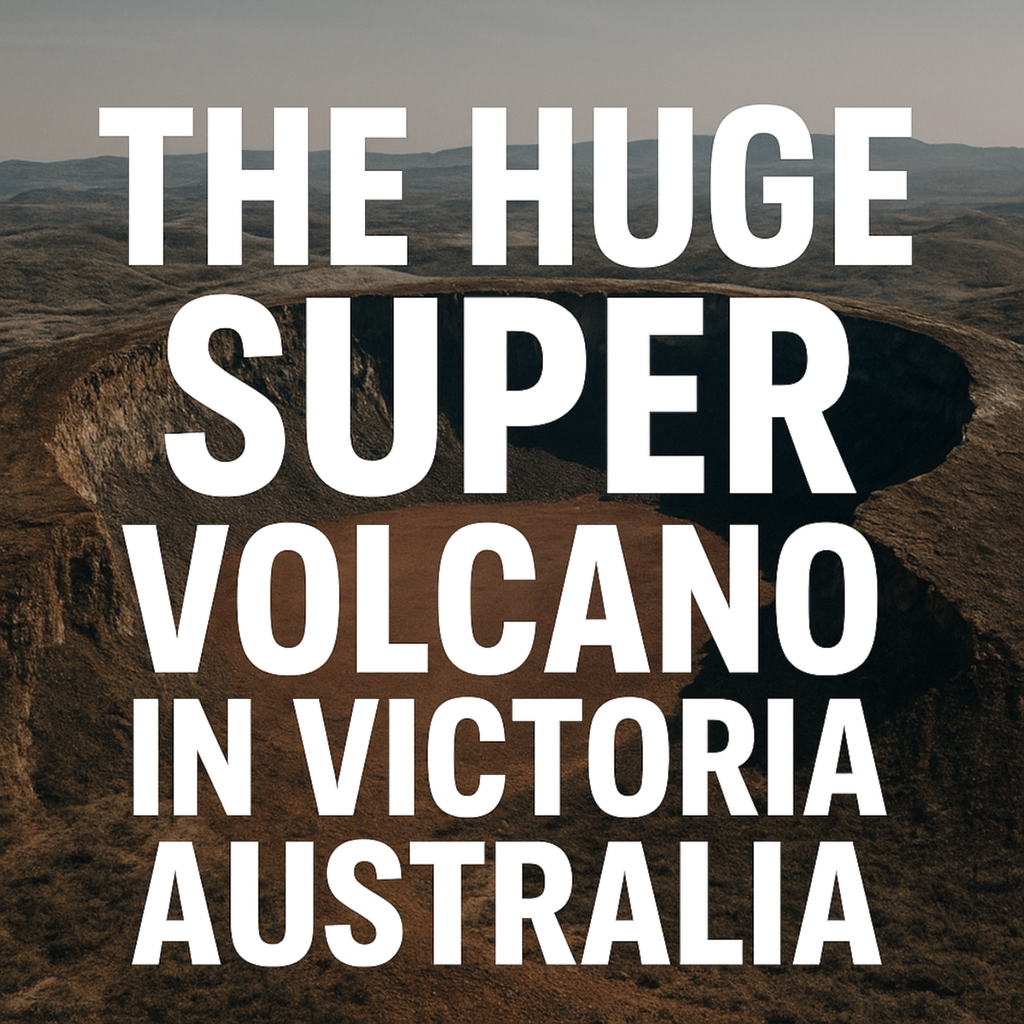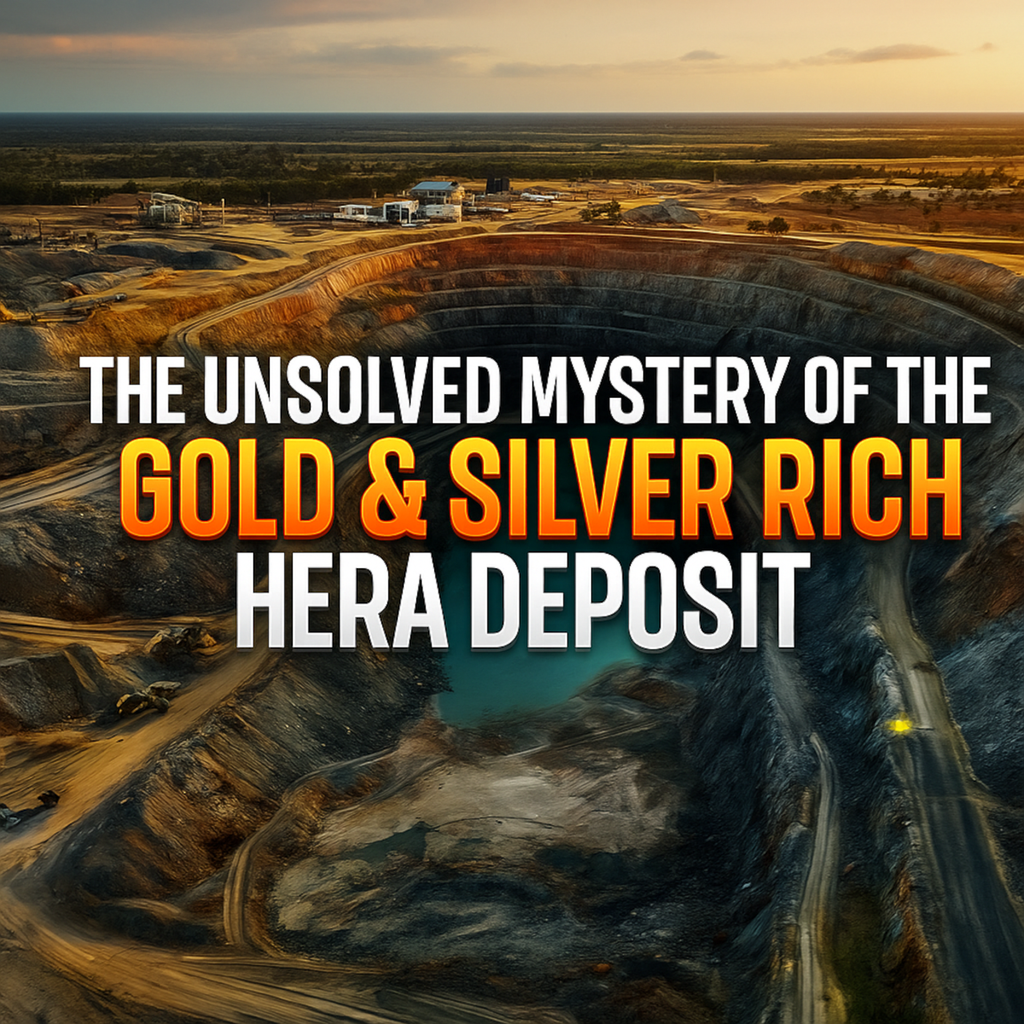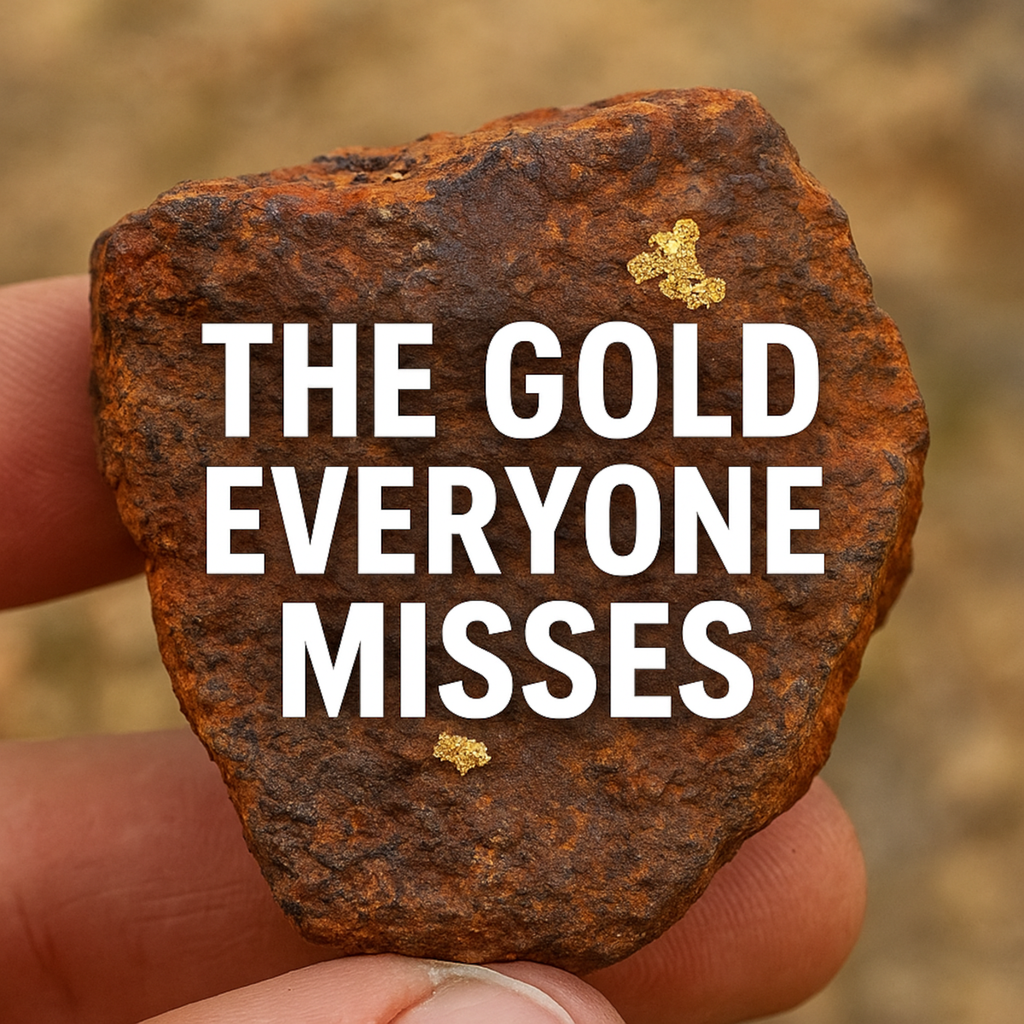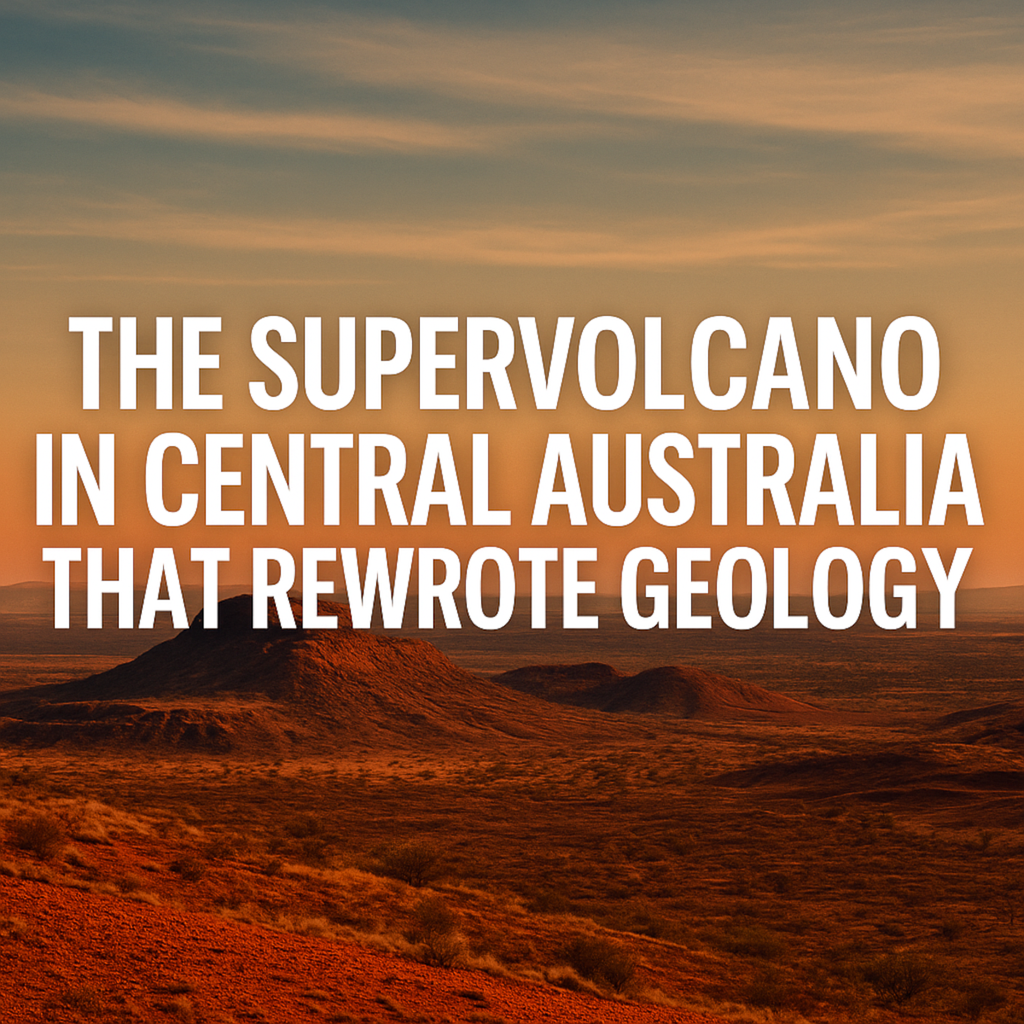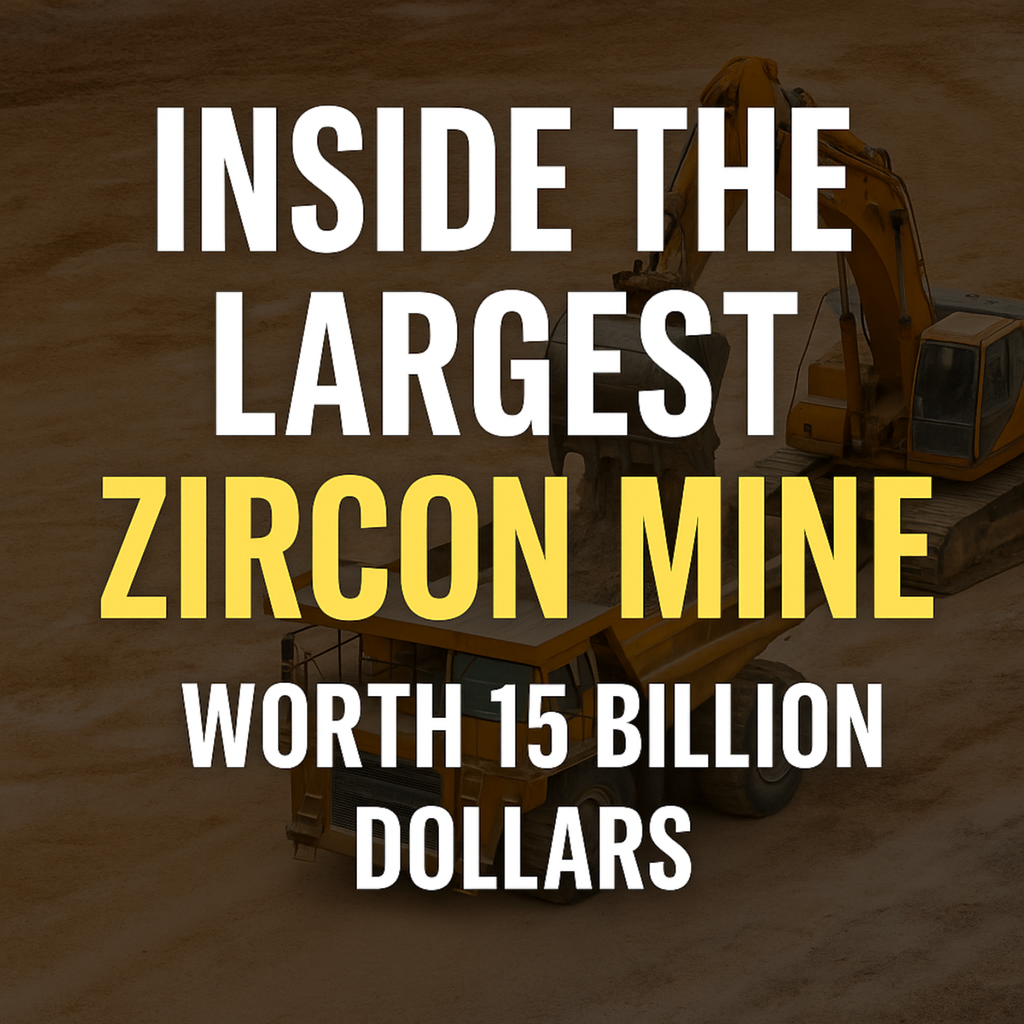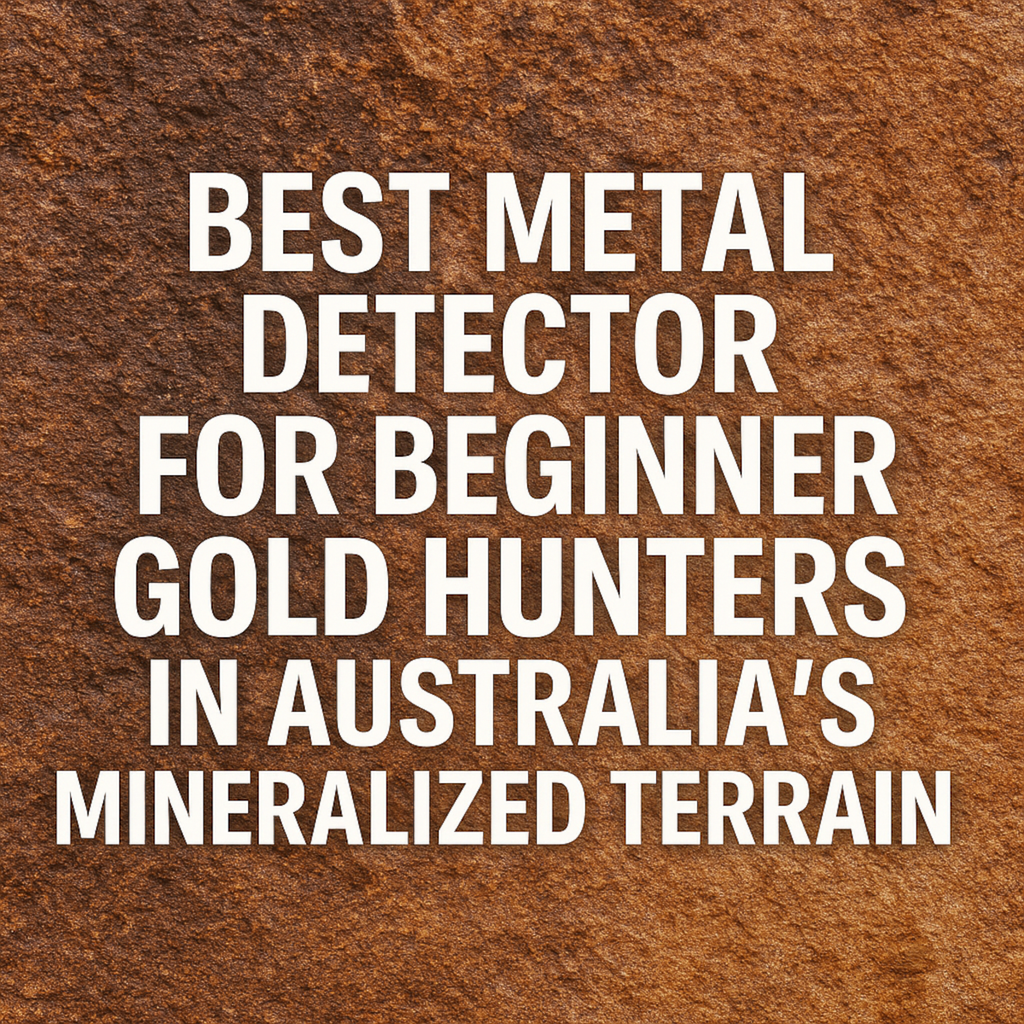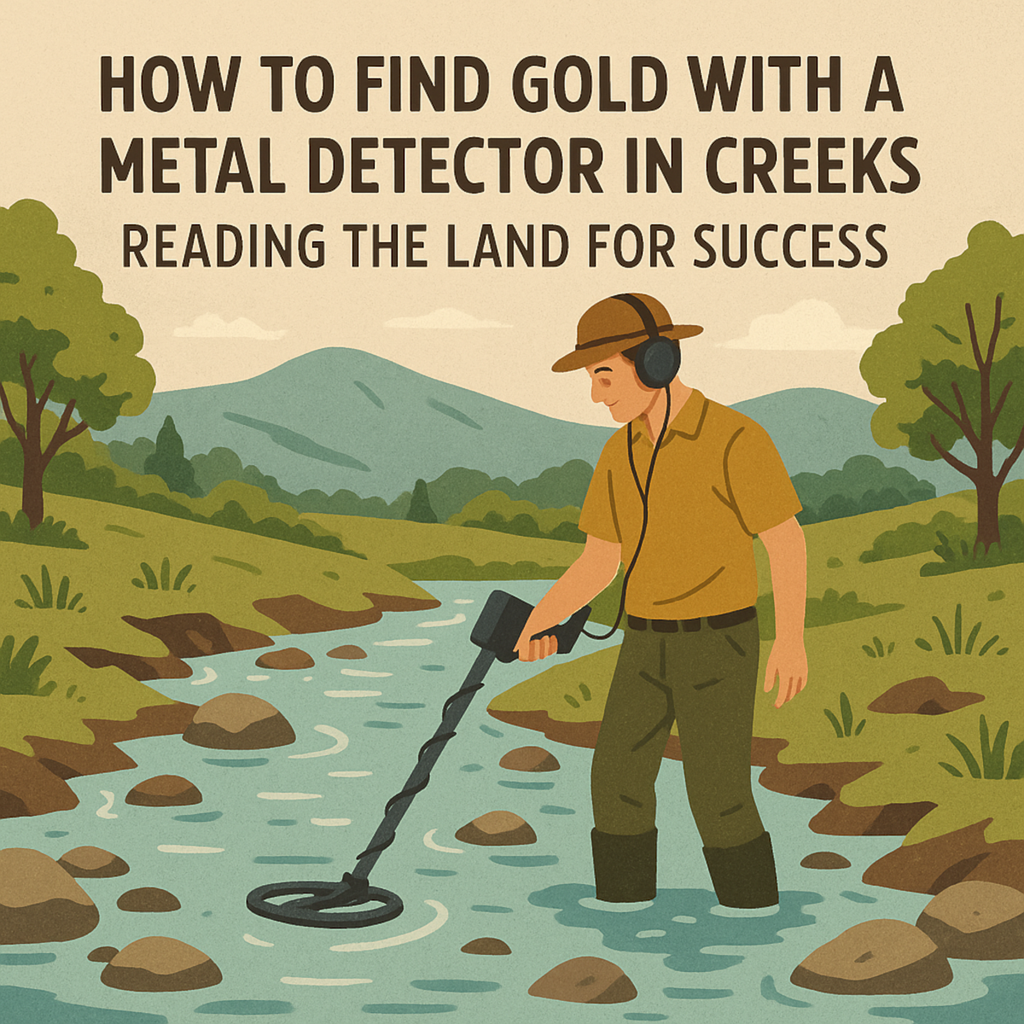OzGeology is now on Spotify!
We’re proud (and honestly still a bit stunned!) to announce that OzGeology is now available as a podcast on Spotify.
What started as a small YouTube channel exploring Australia's geology, gold discoveries, and natural history has grown into something much bigger — and it’s all thanks to you!
In an incredible moment we never saw coming, OzGeology has:
🏆 Ranked #1 Science Podcast in Australia
🌟 Achieved #8 Overall Top Podcast in Australia — across every category and genre
🎙️ Secured #1 Top Episode in Australia
It’s rare for a science-focused show to break into the top charts dominated by entertainment, news, and lifestyle podcasts — and the fact that a geology podcast has ranked this high shows just how passionate and curious this community really is.
This milestone means so much to us because it proves there’s a real hunger for stories about the ancient landscapes, goldfields, and hidden wonders that shaped Australia. It’s not just about rocks — it’s about history, discovery, and adventure.
If you love learning about the Earth beneath your feet, the secrets locked inside ancient mountains, or the thrill of finding gold, the OzGeology podcast is made for you.
🔎 Explore new episodes, uncover Australia's hidden geology, and join the growing OzGeology community on Spotify today!









